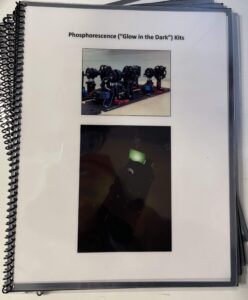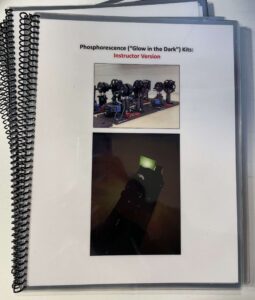Teaching:
ME 433 (cross-listed as MSC 433 and CHE 433): Nanoscale Energy Transport and Conversion
Understanding energy transport and conversion at the nanoscale requires a detailed picture of interactions among molecules, electrons, phonons, and photons. This course draws on relevant concepts from statistical thermodynamics and solid state physics to describe the physical mechanisms of energy transport and conversion in nanoscale systems. Topics covered include kinetic theory of gases, thermodynamic distribution functions, energy carrier dispersion relations, Boltzmann transport equation modeling of thermal and electrical properties, size effects (classical and quantum) on material properties, and thermoelectric and photovoltaic energy conversion.
Offered: Fall 2019, Fall 2020, Fall 2021, Fall 2022, Fall 2023, Fall 2025
ME 223: Heat Transfer
Review of thermodynamic concepts; energy balances; heat transfer mechanisms. Steady-state heat conduction; concept of thermal resistance; conduction in walls, cylinders, and spheres; cooling fins. Transient heat conduction; lumped parameter systems; transient conduction in plane walls; transient conduction in semi-infinite solids. Numerical analysis of conduction; finite difference analysis; one-dimensional steady conduction; two-dimensional steady conduction; transient conduction. Fundamentals of convection; fluid flow and heat transfer; energy equation; convective heat transfer from flat plate; use of dimensional analysis. External forced convection; flow over flat plates; flow past cylinders and spheres; flow across tube banks. Internal forced convection; thermal analysis of flow in tubes; laminar flow in tubes; turbulent flow in tubes. Heat exchangers; overall heat transfer coefficient; log mean temperature analysis; effectiveness-NTU method.
Offered: Spring 2021, Spring 2022, Spring 2023, Spring 2025
With support from a Wadsworth C. Sykes Faculty Engineering Award, a new laboratory activity on luminescence thermometry was introduced into ME 223 beginning in the Spring 2023 semester. The lab is based on the Thermographic Phosphor LabKit from Emerging Measurements and allows students to perform their own luminescence lifetime thermometry measurements. This hands-on activity provides a unique introduction to fundamental principles of transient heat conduction and temperature measurement methodology while simultaneously highlighting the University of Rochester’s central historical role in creating the field of luminescence thermometry, originating from the foundational work of Franz Urbach in the 1940s [1-3].
[1] S.W. Allison, “A Brief History of Phosphor Thermometry,” Meas. Sci. Tech. 30, 072001 (2019). [2] Maria Rentezi, Trafficking Materials and Gendered Experimental Practices: Radium Research in Early 20th Century Vienna. Columbia University Press. 2009. [3] Brian O’Brien, “A Story of Science in Night Warfare.” 1947.

Educational Phosphorescence (“Glow in the Dark”) Kits:
With support from an NSF CAREER Award and in partnership with Innova Girls Academy, an all-girls STEAM-focused elementary school in the Rochester City School District, we have developed hands-on educational kits that introduce basic principles of light and luminescence to elementary school-aged students. The kits introduce several key concepts, including: (1) that optical filters only allow certain colors of light to pass through, (2) that white light consists of many colors, (3) that phosphorescent materials must be exposed to light before they can glow, and (4) that certain colors of light have more energy than others. Below are images of the kits, a list of parts used to construct them, and instruction manuals (both student and instructor versions).


Parts List:
- Phosphorescent vinyl sheet
- Red LED flashlights
- Thorlabs Parts:
- Aluminum Breadboard
- Cold White LED Array Light Source
- LED Mounting Adapter
- Fixed 2″ Mirror Mount
- Smooth Bore to SM2 External Adapter
- SM2 Lens Tube
- SM1 Internal to SM2 External Adapter
- SM1 Lens Tube
- DC Power Supply
- Filter Wheel
- Blue Bandpass Filter
- Green Bandpass Filter
- Red Bandpass Filter
- Filter Holder
- Posts
- Post Holders
- Mounting Bases
- Matte Black Aluminum Foil
- High Performance Black Masking Tape
- Hook-And-Loop-Fastener Cable Straps